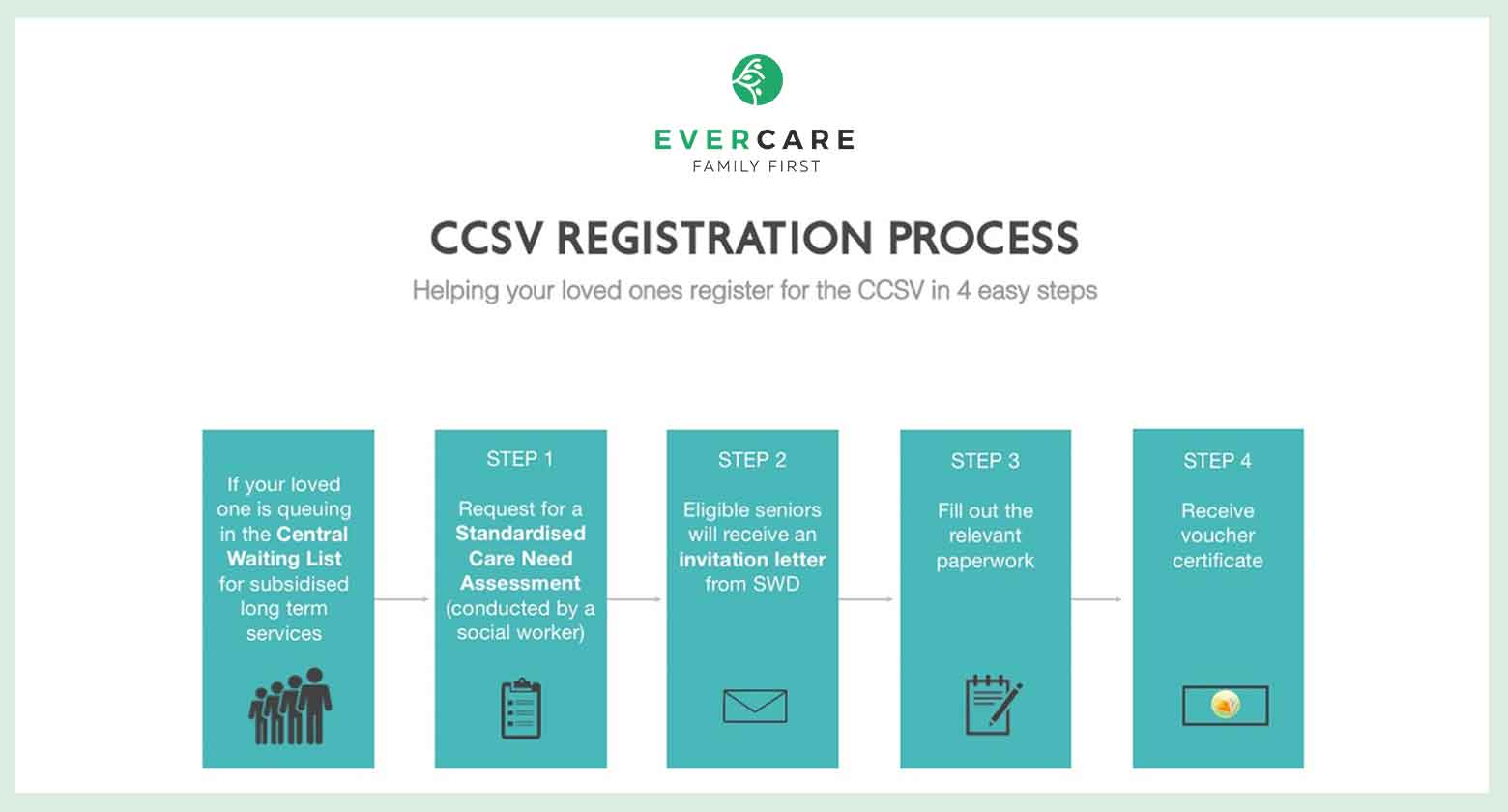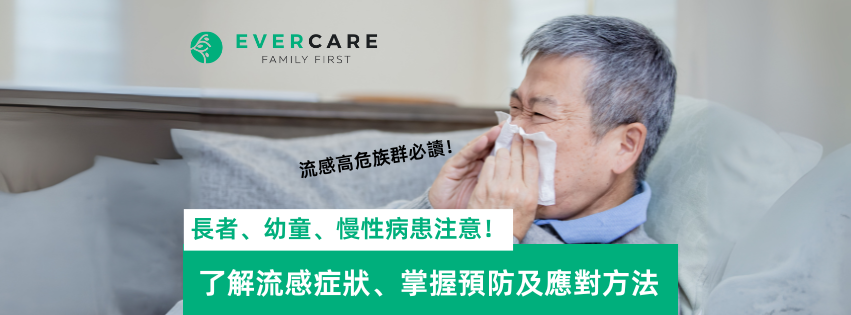From October 2020, the Social Welfare Department’s care subsidy scheme, Community Care Service Voucher for the Elderly (CCSV), will be moving into its 3rd phase. What are the differences between the 2nd and 3rd phase? How will the launch affect existing CCSV users? We have all your questions answered here.
What is CCSV?
The Community Care Service Voucher for the Elderly (CCSV) is a major government scheme to help the elderly community of Hong Kong “age in place”. The scheme seeks to directly subsidise private healthcare services, enabling the elderly population to continue to age in the comfort of their own home and select services that are appropriate to their healthcare needs.
Why age in place?
According to a 2009 survey, over 95% of elderly respondents expressed never having considered moving to a nursing home – including 81.4% of them preferring to remain in their own home, regardless of their health condition. With a majority expressing the desire to age in place, the Hong Kong government has put in place a program to make various private healthcare services accessible to the majority, such as physical assistance, daily check ups and caregiving help.
The Social Welfare Department and local home care service providers such as Evercare have been collaborating to make private home care and healthcare services more affordable. Covering up to 90% of the cost, and with its eligibility criteria slowly loosening since its launch in 2013, the scheme looks to increase the number of families who can benefit from the subsidies, with an aim to achieve “ageing in place as the core, institutional care as back-up” instead of vice-versa.
1. Eligibility for the CCSV Scheme
6. What service units will I be able to choose from?
7. What happens after I select an organisation?
8. Will the launch of Phase 3 affect holders of Phase 2 voucher certificates?
9. Will my participation in the CCSV scheme affect my position on the Central Waiting List?
1. Eligibility for the CCSV Scheme
2. CCSV Registration Process
Similar to phase 2, families who wish to join phase 3 of CCSV must visit a Medical Social Service Unit, their local Integrated Family Services Centre or the Elderly Services Unit to apply for the scheme. Staff members at any of these centres will do a Standardised Care Needs Assessment for the senior, which will include a home visit and an interview. Seniors who pass the assessment will receive an invitation letter from the SWD to participate in the CCSV scheme. Carers and seniors should fill out the relevant paperwork, after which they will receive a voucher certificate, which will subsidise their use of care services from the service providers who participate in the scheme.
3. Voucher Certificate Quota
4. Service Cost
* Voucher certificate holders may reach out to service providers for assistance and apply for a reassessment of their co-payment level if necessary.
5. Service Scope
6. What service units will I be able to choose from?
7. What happens after I select an organisation?
After selecting a service, the provider will help voucher holders choose an appropriate package for their needs and confirm pricing and co-payment arrangement. Seniors may confirm or adjust their mode of service, service package and payment every month.
You might also like:
8. Will the launch of Phase 3 affect holders of Phase 2 voucher certificates?
No. Phase 2 holders of the CCSV voucher will automatically be included in Phase 3, and may continue to use new and old services.
9. Will my participation in the CCSV scheme affect my position on the Central Waiting List?
No.
After receiving the voucher certificate, participants will not be removed from the Central Waiting List. Instead, the SWD will categorise them as an “inactive case”. When participating in the scheme, and if the senior citizen wishes, a social worker can help change the case status from “inactive” to “active.” Their waitlisting positions will follow the original application dates.
10. When can I use my voucher certificate?
其他話題 Other Topics
最新的文章 Latest Posts

喜歡我們的文章嗎?
超過3,000位照顧者已經訂閱我們的資訊!訂閱我們的資訊,你可獲得免費護理工具、專家護理知識和同路人分享。立即訂閱,也可以隨時取消。請在此填寫你的姓名和電郵地址:



